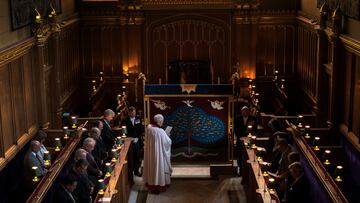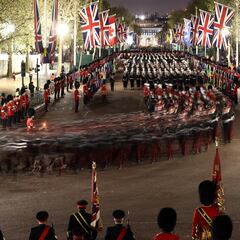What is King Charles III’s religion and what are the differences between Anglicanism and Catholicism?
King Charles III has taken over the role of Supreme Governor of the Church of England. What are the main differences between Anglicanism and Catholicism?

For centuries, conflicts over religion created significant tensions that contributed to outbreaks of violence, leading to the English Civil Wars. More recently, the Catholic-dominated Republic of Ireland and the protestant residents of Northern Ireland were entrenched in bloody religious conflict for generations until the Good Friday agreement was ratified in the 1990s.
In England, religious life has been dominated by the Church of England, the center of Anglicanism, whose head was Queen Elizabeth II, until her death last year.
- King Charles III Coronation: Follow live online updates and commentary here!
What are the differences between Anglicanism and Catholicism?
The title “Supreme Governor of the Church of England and Defender of the Faith” has already been inherited by her son, King Charles III. This religion brings together millions of believers, and although Anglicanism is, like Catholicism, a branch of the Christian faith, there are a few notable differences.
The main difference between the two is their origin.
Related stories
Anglicanism emerged from Catholicism under monarch Henry VIII who decided to separate England from the influence of the Roman Catholic Church and wished for his followers to conform to his dogma. This leads us to another difference between both religions, which is the highest authority in each church. For Anglican believers, the most relevant figure is embodied by the Archbishop of Canterbury, who ignores the authority of the Vatican. On the other hand, Catholics revere the Pope as their highest leader.
Another distinction between the religious regards the role of women in the institution. The role of women is also different: the female priesthood is tolerated by certain groups belonging to the more liberal Anglicism, a fact that does not occur in the Catholic Church. Similarly, with regard to same-sex marriage, it is also accepted by some Anglicans. Another of the most notable differences lies in celibacy. While Catholic priests — like nuns and priests — are prohibited from marrying, in Anglican culture, the vow of celibacy is non-existent.


